sbm/sbm magazine calcium carbonate grinding at master sbm ...
You've already forked sbm 0 Code Issues Pull Requests Packages Projects Releases Wiki Activity
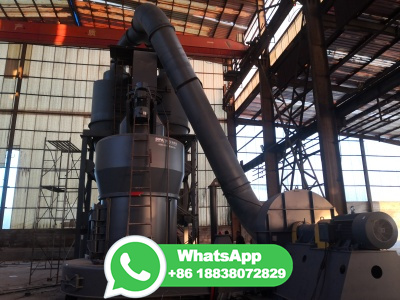
You've already forked sbm 0 Code Issues Pull Requests Packages Projects Releases Wiki Activity
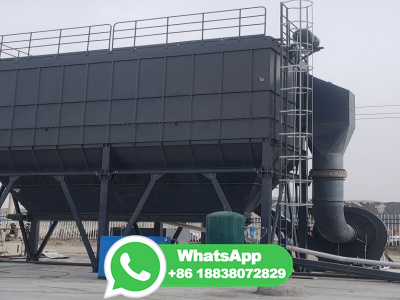
After modification with a selfassembled monolayer of stearic acid, the asprepared coating showed selfcleaning properties with a water contact angle as high as ° and a sliding angle of ...
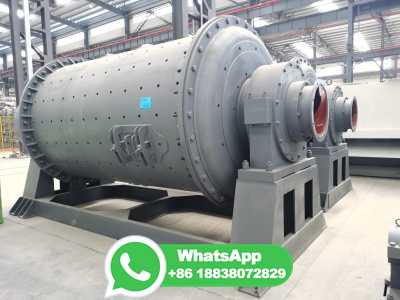
The coating of the lime mud flocs with newly formed PCC via the in situ calcium carbonate process (LHCC50, LHCC70, pLHCC50, and pLHCC70 in Figure 5) increased the lightness further. We then compared the role of the in situ calcium carbonate process to the simple mixing of the LMHTG and commercial PCC (LMHTG/PCC50 and LMHTG/PCC70 in Figure 5 ...
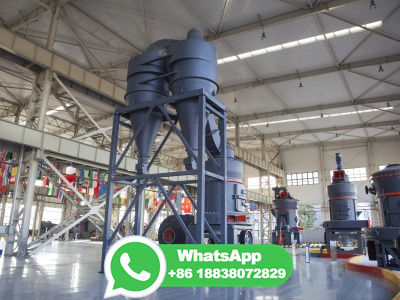
The results showed that modified calcite powder (BMC3) with a coating rate of %, a mean particle size of μm, oil absorption ratio of 34%, Ry of % can be obtained with 30 min...
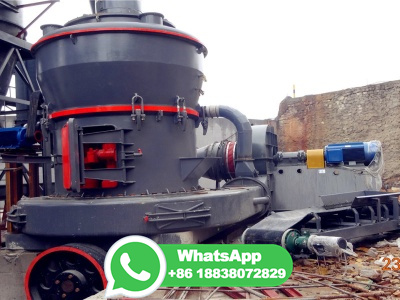
Ball mill The calcium carbonate ball mill works by rotating a cylinder with grinding media, causing the media to fall back into the cylinder and on to the material to be ground. The ball mill can be operated either wet or dry. The particle size of the finished product can be adjusted by controlling the grinding time, rotating speed, size and composition of grinding media, additives, etc.
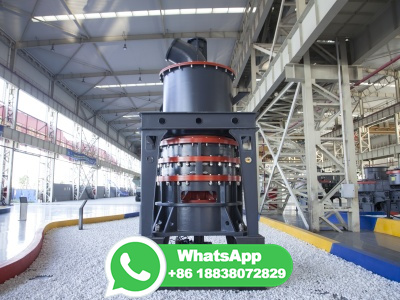
Calcium carbonate is a calcium salt with formula CCaO3. It has a role as an antacid, a food colouring, a food firming agent and a fertilizer. It is a calcium salt, a carbonate salt, a one carbon compound and an inorganic calcium salt. ChEBI. Calcium carbonate is an inorganic salt used as an antacid.
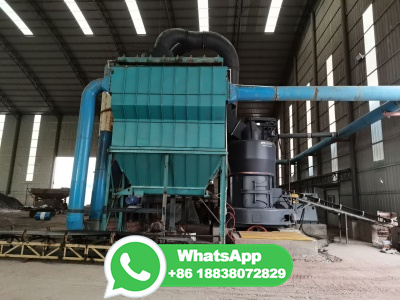
Modification Using Stearic Acid Calcium carbonate was modified with stearic acid using wet solution method [8]. g ( wt%) of stearic acid and 100 ml of ethanol were mixed and stirred in a 250 ml beaker for 10 min at 68°C. 35 g of dried GCC was subsequently added under continuous stirring for 30 min.
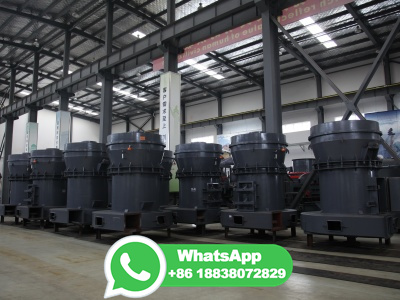
Surface Modification of Calcium Carbonate by Tumbling Ball Milling with Stearic Acid Öner Yusuf TORAMAN*, Orkun ERSOY**, Harun KÖSE***
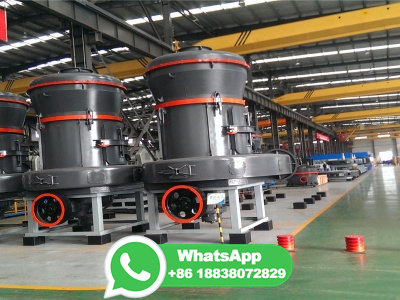
A novel GCC grinding aid was prepared by aqueous polymerisation. The following optimal synthetic conditions were determined by grinding experiments: weight ratio of monomers 2acrylamido2methyl propane sulphonic acid (AMPS)/acrylic acid (AA) = 1:4, weight ratio of isopropanol/water =, reaction temperature 80 °C, reaction time h, initiator dosage 4 wt.% (based on total monomers) and ...
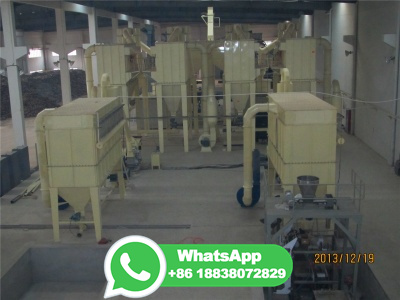
Features of Daswell Calcium Carbonate Ball Mill. High capacity. Daswell ball mill machine for calcium carbonate can process up to 200,000 ton/year. Ultra fine GCC powder. Combined with classifier, Daswell calcium carbonate ball mill grinder can make fine and ultra fine GCC powder D97 (522μm). High quality finished GCC powder.
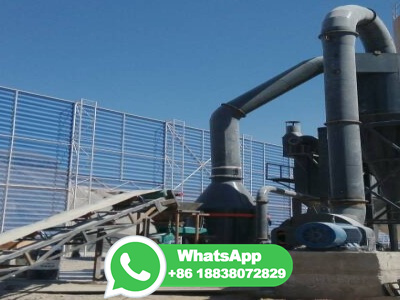
The density of stearic acid used in this study is g/cm 3, the BET of the raw slag is m 2 /g and the content of SA is 1%. Therefore, using the above formula, the theoretical thickness of the stearic acid coating is derived, yielding nm.
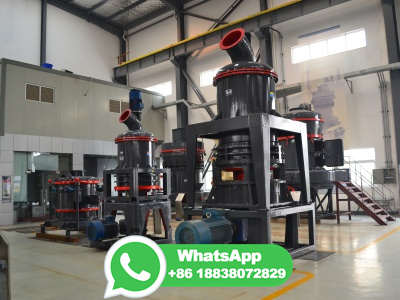
Stearic acid is a common longcarbon chain saturated fatty acid. It has both the lipophilic end of the long carbon chain and the hydrophilic end of the carboxyl group. The surface of nano calcium carbonate is hydrophilic, so stearic acid is coated on the nano, the surface of calcium carbonate can greatly improve its lipophilicity. When it is filled in rubber, plastics, advanced inks, its large ...
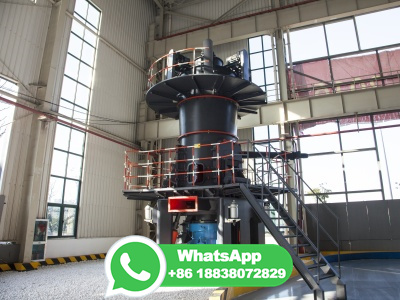
Stearic acid White to Faint Yellow 95% °C High density polyethylene g/cm3 Opaque High 90 140°C Calcium carbonate 3g/cm [7] White 825°C Surface treatment In all composites, the weight of SA was calculated to ensure wt.% of SA was used for all samples. Dry treatment process CaCO 3

Calcium carbonate (CaCO 3) is often treated with stearic acid (SA) to decrease its, the method of application of the SA treatments has a strong influence on CaCO 3 thermoplastic composite's interfacial structure and distribution. Several of papers describe the promising effects of SA surface treatment, but few compare the treatment process and its effect on the properties of ...
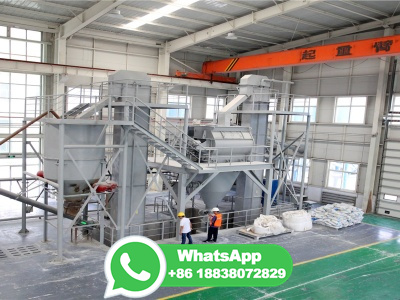
The compounds were widely distributed throughout the surface of calcium carbonate like thin coating layer. An effect of fluosilicic acid concentration on the formation of surface compounds was ...
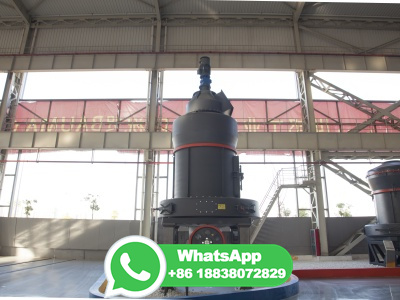
A series of experimental precipitated calcium carbonates coated with commercial stearic acid (stearin), with the coating amount of stearin added to the PCC particles ranging from 3 to wt %, were prepared in aqueous medium and characterized by Fourier transform infrared spectroscopy, thermogravimetric analysis, and differential scanning calorimetry. A series of experimental precipitated ...
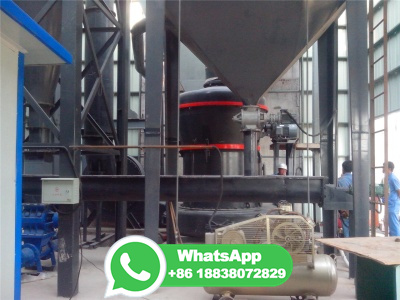
Several papers describe the treatment of calcium carbonate (CaCO3) with stearic acid acting as a surface modifier, in order to avoid particle coalescence and, at the same time, enhancing filler hydrophobic properties. However, there is still a lack of data relating the efficiency of a traditional modifier used, stearic acid, in the synthesis of CaCO3 nanofiller with other modifiers in terms of ...
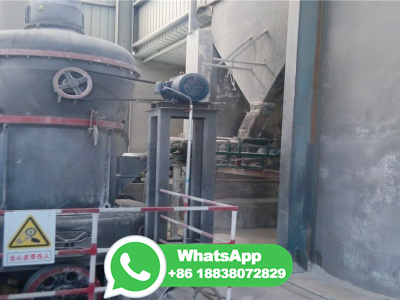
This paper presents the interpretation of binding mechanism of stearic acid for calcite surface in two modification methods. In the "dry" method, a surface dissociation of stearic acid is assumed where H+ ion goes to a surface carbonate ion and stearic ion is chemisorbed on primary surface center of − Ca + ion which is only available for ...
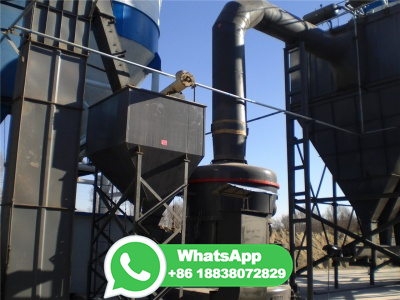
Firstly, the calcium carbonate powder from ball mill is transferred to the material silo by bucket elevator. Then controlled amount of GCC powder and stearic acid is mixed in screw mixer. And the blower will blow the mixture into the calcium carbonate coating machine.
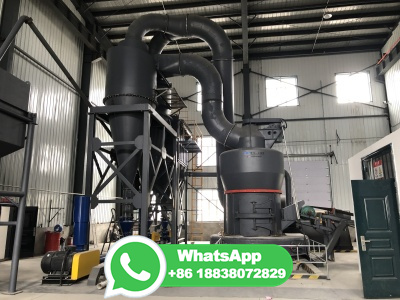
A complete monolayer coverage of calcite by stearic acid results in a significant reduction in wear but only a moderate reduction in friction forces at low humidity and no reduction at 75% relative humidity (RH).
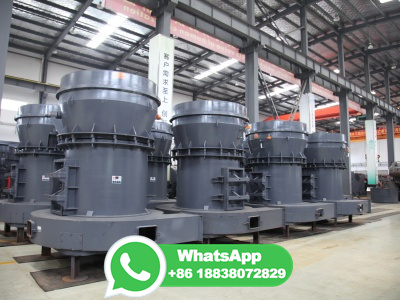
The SIERRA pin mill forms the heart of Ecutec's ECOAT, a unique solution for the coating of ultrafine powders. This system is most commonly used for coating calcium carbonate with stearic acid to meet the requirements for fillers used in the plastics industry. The SIERRA's proprietary injector design achieves a high degree of atomization of the coating fluid, while the high tip speeds ...
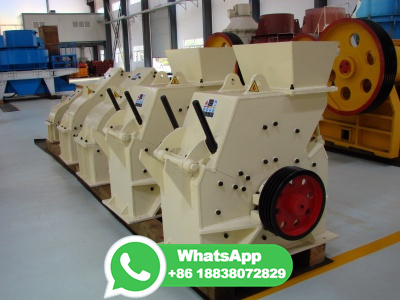
In literature, surface modification of calcium carbonate particles have been studied using sodium stearate [8,10], sodium oleate [11], stearic acid [4,6,7,9,12] and various fatty acids [1]. Rarely ...

Grinding aid chemicals which are used in the grinding of calcium carbonate (CaCO3) to prevent agglomeration are chemisorbed on the surfaces of particles, and the compatibility of them with the ...
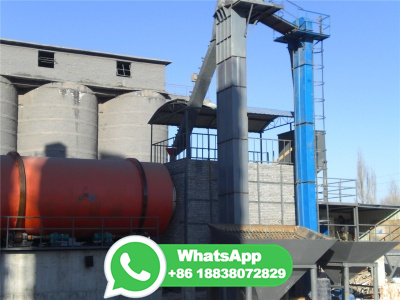
Stearic acid can efficiently coat the amorphous calcium carbonate powder, as determined from the infrared spectra of the functionalized and neat powders (figure 2). The coated calcium carbonate presents several structural features, common of both components, namely stearic acid, and calcium carbonate. 4000 3500 3000 2500 2000 1500 1000
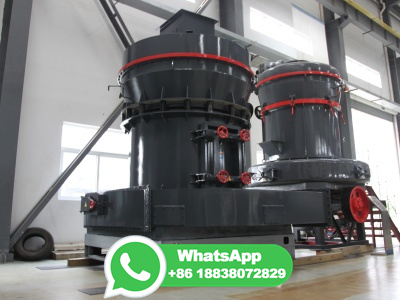
Bepex works with graphite suppliers to replace energyintensive batch processes with continuous processing equipment that saves materialhandling time, reduces floor space requirements, lowers energy and emissions, and cuts labor costs. That means higher capacity, lower operating costs and better cap ex returns.
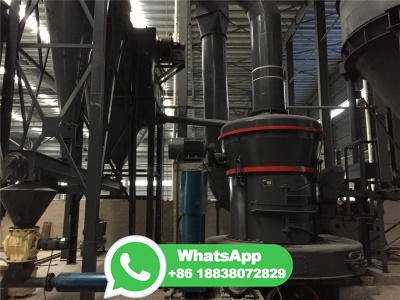
Stearic acid is widely used to coat basic fillers such as calcium carbonate, magnesium hydroxide [14, 18,2122 23 and hydromagnesite [24]. Compounds containing stearate coated fillers show ...
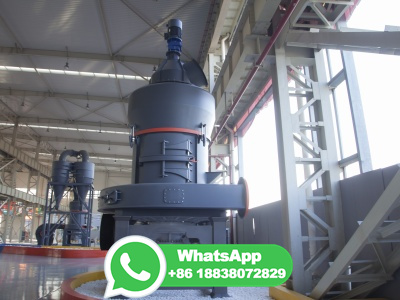
Wet milling with Hosokawa Alpine Agitated Ball Mill ANR is used to produce ultrafine calcium carbonate slurries from 60% to 99% < 2 µm, at relatively low specific energy. For plastic fillers, stearic acid coating on ground calcium carbonate is often performed.
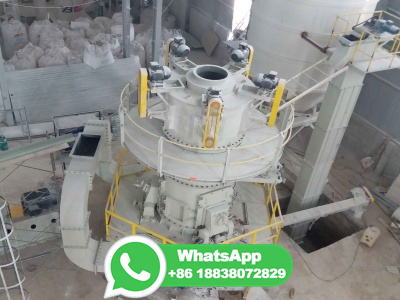
Keywords: ground calcium carbonate, stearic acid, flowability, floodability, dispersive component of surface free energy (D S), inverse gas chromatography (IGC) 1. Introduction Ground calcium carbonate (GCC) is the most widely used filler in the plastics, rubber, paper, paint and ink ) It is usually obtained by grinding natural ...
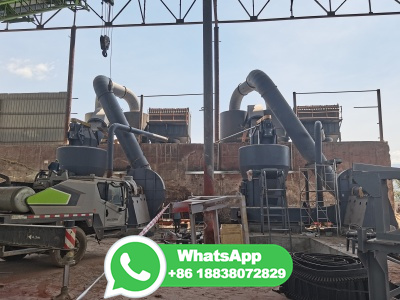
The results showed that modified calcite powder (YK2) with an coating rate of %, a mean particle size of μm, oil absorption ratio of 19%, Ry of % can be obtained with surface...
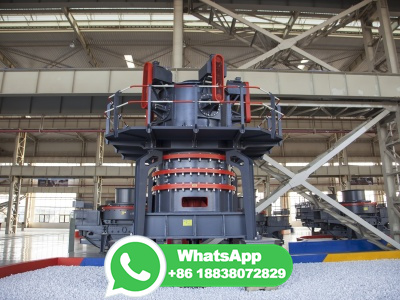
The effect of coated calcium carbonate using stearic acid on the recovered carbon black masterbatch in lowdensity polyethylene composites July 2023 EPolymers 23(1)
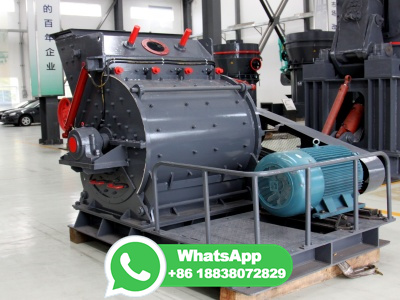
Turbo Mill surface modification process. Principle and characteristics: use conical rotor and stator, the gap between the rotor and stator can be adjusted; the linear speed of the rotor can reach 120 m / S; the highspeed impact, shear and friction of materials between the rotor and stator complete the coating process. Power range: 22kW110kW.

In literature, surface modification of calcium carbonate particles have been studied using sodium stearate [8, 10], sodium oleate [11], stearic acid [4,6,7,9,12] and various fatty acids [1 ...